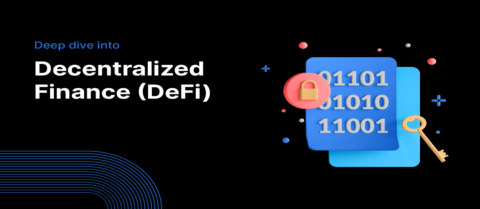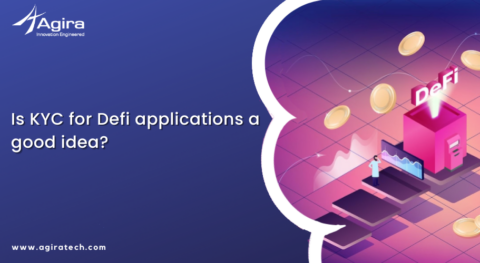Non-fungible tokens, or NFTs, have grown so big that it is impossible to ignore. From individual artists to big brands and even celebs, they’ve all taken to it. NFT’s growth has promoted blockchain and blockchain development. Ethereum is known for its native cryptocurrency, called ether or ETH. It works on smart contracts. It provides developers with a platform to develop decentralized applications (dApps). Ethereum or Flow blockchain is a major decision to be made while selecting the playform o n which the market place has to be built. Ethereum is currently using its underlying platform for several dApps; NFT is no exception.
Blockchain developers are constantly trying to improve their tools. Flow blockchain was a result of this. However, the new platform is considered Ethereum’s successor. Flow is fast and drives the development of dApps and NFT. Its goal is to accommodate billions of users on its decentralized applications. Flow also has its native currency, called Flow.
Both platforms have their pros and cons. Let’s have a closer look.
Scalability
With more decentralized applications on the network, the number of transactions increased and the gas fee. Ethereum faces a significant problem in terms of scalability. Ethereum is limited to 15 transactions per second, so transaction fees and time rise in times of network congestion. Like the time users, they had to pay 30 times the price for TIME Magazine’s NFTs’. Due to the high demand, the transaction fee kept increasing.
But Ethereum can overcome its scalability problem with sharding or Layer2 networks, improving its capacity.
On the other hand, Flow focuses on solving the scalability issue. Its multi-node architecture gives it an advantage over Ethereum. Not to mention the lower transaction fees. There are two fees, one for account creation, which starts at 0.001 FLOW, and the other is a transaction fee which starts at 0.000001FLOW.
Consensus Mechanism
Ethereum works on a proof-of-work mechanism. The algorithm requires miners to go through an intense trial and error to find the nonce of a block. Only the valid blocks get added to the chain. This prevents users from ‘double spending’ and secures the chain from attack or manipulation.
Miners receive Ether as a reward. A major problem with the PoW mechanism is the high energy requirement. Ethereum 2.0 upgrade promises a shift from proof-of-work (PoW) to proof-of-stack (PoS).
PoS requires its users to stake ETH to become a validator. Validators are responsible for ordering transactions and creating new blocks so that all nodes can agree on the state of the network. PoS operates on lower energy and provides more substantial support for shard chains. Although Ethereum 2.0 upgrade is yet to come, Flow has already implemented the PoS consensus mechanism.
Smart contract
Ethereum is directly associated with smart contracts. Smart contracts help carry out transactions and build applications on Ethereum. Since it is immutable, one cannot change transactions after its performed. Although this feature is what makes Ethereum secure, there is no room for a flaw.
On the other hand, Flow offers its users more flexibility and better optimization. It allows its users to release smart contracts in a beta state on its mainnet. This way, the smart contract author can update/alter the code and hold control of it until he is confident that the code is safe.
Account Model
The Ethereum blockchain account is a four hexadecimal number (256 bits/32 bytes), referred to as the private key. The private key then goes through mathematical operations to obtain a public key. The public key is taken through a series of mathematical operations to get a valid address. This process is unidirectional, as in, you cannot create a private key from a valid address.
While in the Flow blockchain, account creation happens automatically. First, the Elliptical Curve Digital Signature Algorithm (ECDSA), which uses the elliptic curve cryptography, or, Secp256k1 curves generate the public and private keys. This initiates new account storage and assigns the generated keys to the account. For every public key, the account holder holds a private key.
With smart contracts, Ethereum deploys smart contracts to individual accounts. In contrast, Flow deploys multiple smart contracts simultaneously. Also, Ethereum does not have a single store where users can track their smart contract interactions in terms of smart contract interactions. Flow blockchain’s resource-oriented programming allows its users to track smart contract interactions effectively.
Closing thoughts on Ethereum or Flow blockchain
Ethereum has been in the market for a long time and has complex dApps built on it. Ethereum is a better choice for users who plan to auction on the blockchain but not for those concerned about flexibility and logic. Flow is relatively new but comes with its benefits, like flexibility and better scalability. Flow is a better choice for NFT development if you want to explore new things. Although, Ethereum 2.0 will definitely be a game-changer. To know more about NFT development options, reach out to our Agiratech strategist today to decide Ethereum or Flow blockchain is the right direction for you.










